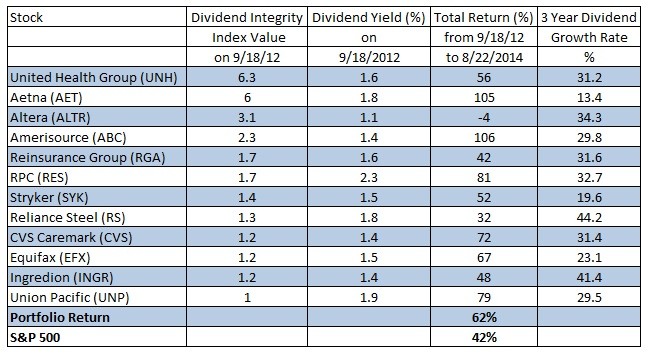Carry Trade The MultiTrillion Dollar Hidden Market
Post on: 26 Сентябрь, 2015 No Comment

Follow Comments Following Comments Unfollow Comments
The dollar is soaring. The U.S. stock market is making new highs. U.S. T-bond yields are declining, causing T-bond prices to rise while all the experts say they are too overvalued. European government bonds actually yield less than U.S. Treasuries, which makes no sense because the U.S. bonds are considered much safer. Many analysts confess that they are mystified.
What is the driving force for these moves? The “carry trade.”
What is the carry trade? It’s the borrowing of a currency in a low interest rate country, converting it to a currency in a higher interest rate country and investing it in the highest rated bonds of that country. The big trading outfits do this with leverage of 100 or 300 to one. This causes important moves in the financial markets, made possible by the trillions of dollars of central bank money creation.
The monetary stimulus in Japan is aimed to produce a cheaper yen, and thus a stronger dollar. That causes the U.S. bond market to rise, bond yields to decline, commodity prices to plunge, and precious metals prices to decline. If you are in any of these investments, you must know what drives their prices.
Here is how the “yen carry trade,” a favorite currency for the trade, basically works now:
- Hedge funds and other very big traders borrow the yen at very, very low interest rates now approaching zero.
- The yen are converted to dollars, which are invested in U.S. Treasuries at a much higher yield than the interest cost for the borrowed yen. That creates a “positive carry” because of the differential in interest rates.
- The buying drives up U.S. bond prices. The traders accrue big profits, when done with high leverage, assuming the yen value doesn’t rise.
- Additional profits are made when a) The dollar rises vs. the yen as the BOJ intends, b) U.S. Treasuries rise in price (as is happening)
- Triple Profits: A leverage 100:1 means that a 1% rise in the value of the dollar vs. yen doubles the value of the equity investment. An additional profit is made if the U.S. T-bonds rise in price as they have done. Further profits are made from the positive carry, i.e. when the yield on the T-bonds is greater than the interest cost on the yen. That’s a “triple profit.”
- So far, so good. And that’s what is happening now. Some of the profits are probably reinvested in the stock market for diversification.

The emerging markets have benefited from this as well. The currencies of the lower-interest countries like Japan or the U.S. are borrowed and invested in the much higher-yielding bonds of emerging countries. The danger is that when one of these countries has trouble paying the interest on its debt, there is a huge unwinding of this trade, hundreds of billions of dollars flow out, and an emerging market crisis produces a world-wide market crash. That’s what happened in 1997 and 1998. The emerging markets carry trade is estimated to be at least $2 trillion in size. That’s huge.
The carry trade is great for the big trading outfits, but it doesn’t help the average person. And that is why there is such great income disparity. It’s just financial engineering.
However, there is possibly another, much more important element to these trends: Russia!
When Russia basically annexed the Crimea in March of this year, I proposed in our Wellington Letter that the U.S. could easily manipulate the oil price down to levels that would significantly damage Russia’s economy.
How do you get the international oil price down? Oil is denominated in dollars. If the central bank (the Fed), in collaboration with the large financial firms manipulate the U.S. dollar upward, it increases the cost of oil around the world. That reduces consumption, which reduces the oil price. Above I described how the carry trade increases the value of the dollar. Everything works together.
Oil revenues are the greatest source of foreign currency reserves for Russia. It needs these reserves to service its international debt. If these reserves dwindle, another Russian debt crisis and possible default similar to the late 1990’s could occur. The global markets would plunge, but Russia would be hurt the most. Perhaps that would cause Putin to retreat from his apparent plan to reassemble the old Soviet Union.
Conclusion: The carry trade causes a rising U.S. dollar, rising U.S. bond prices, rising U.S. stocks, and deflation in commodity prices. Of course, an unwinding of the carry trade will cause the opposite.
The soaring dollar and strong U.S. Treasury market confirm that the carry trade is alive and well. If and when the Bank of Japan hikes interest rates in order to combat rising inflation, the carry trade will unwind, perhaps ferociously. So, watch the BOJ.
The massive money creation of the major central banks and their “ZIRP” policy (zero interest rate policy) has created such huge financial speculation using other methods as well, making big speculators very rich. And that includes the large trading operations at the Wall Street firm, the biggest global banks, and hedge funds.
Bert Dohmen is founder of Dohmen Capital, an economic and investment research firm for investors and active traders. For more information on their services, visit dohmencapital.com .














